Blog monitoring provides the insights needed to refine your content strategy, optimize distribution, and maximize the return on your investment in content creation.
Our guide will delve into the intricacies of blog monitoring, exploring its significance, methodologies, and the actionable insights it can unlock. Whether you’re a seasoned publisher or just starting, mastering blog monitoring can elevate your content strategy and propel your digital presence to new heights.
What is Blog Monitoring?
Blog monitoring is the vigilant practice of tracking, analyzing, and interpreting the digital footprint of your content and brand. It extends beyond simply knowing if your latest article was published—it’s about understanding the ripple effects it creates across the online landscape.
At its core, blog monitoring is about gaining a 360-degree view of your content’s performance. This includes:
- Visibility & Reach: How many people are seeing your content? Where are they finding it (search engines, social media, other websites)?
- Engagement & Interaction: Are people reading, sharing, commenting, or linking to your content? What are they saying about it?
- Sentiment & Perception: How is your brand being perceived online? Are conversations positive, negative, or neutral?
- Competitive Landscape: How does your content stack up against similar publications or competitors?
Blog Monitoring data provides invaluable insights into what resonates with your audience, what drives traffic and engagement, and where you can improve. By identifying trends, strengths, and weaknesses, you can make informed decisions to optimize your content strategy, refine your distribution channels, and ultimately cultivate a stronger brand presence.
Doing Blog Monitoring the Right Way
Blog monitoring can be achieved through two primary avenues:
1. Third-Party Monitoring Sites:
3rd Party Monitoring platforms offer a holistic view of your website’s performance, often extending beyond just blog content. They track various metrics like:
- Server Monitoring: Ensuring your website’s uptime and identifying potential server issues.
- Page Speed Monitoring: Analyzing your website’s loading times across different devices and browsers.
- User Experience Monitoring: Tracking user interactions and identifying potential bottlenecks or frustrations.
- Competitor Benchmarking: Comparing your website’s performance against industry competitors.
Advantages:
- Ease of Use: Third-party sites often have user-friendly interfaces and require minimal technical setup.
- Comprehensive Insights: They provide a wide range of performance data and analytics.
- Benchmarking: This allows you to gauge your performance against competitors.
Disadvantages:
- Limited Customization: You may be unable to tailor the monitoring to your blog needs.
- Cost: Many third-party sites require paid subscriptions for advanced features.
2. Dedicated Blog Monitoring Tools:
These specialized tools focus on monitoring your blog’s performance and engagement metrics. They track:
- Traffic Sources: Identify where your blog traffic originates (search engines, social media, referrals).
- Keyword Rankings: Monitoring your blog’s position in search engine results for relevant keywords.
- Social Media Mentions: Tracking mentions of your blog or brand across various social platforms.
- Backlinks: Identifying websites that link to your blog posts.
- Audience Engagement: Measuring metrics like comments, shares, and time spent on the page.
Advantages:
- Tailored to Blogging: Focuses specifically on the metrics that matter most for bloggers.
- In-Depth Analysis: Provides detailed insights into audience behavior and content performance.
- Actionable Recommendations: Offers suggestions for optimizing your blog content and strategy.
Disadvantages:
- May Require Technical Setup: Some tools may need integration with your blog or website.
- Learning Curve: More complex tools may require time to master.
Choosing the Right Approach:
The best approach for you depends on your specific needs and budget. A third-party monitoring site might suffice if you want a broad overview of your website’s performance and don’t require in-depth blog analytics. However, investing in a dedicated blog monitoring tool is recommended if you’re serious about optimizing your blog content and growing your audience.
Best Third-Party Monitoring Sites
The best third-party monitoring sites offer a comprehensive suite of tools to track website performance, user experience, and security, among other factors. Here are some top contenders:
- Pingdom: Renowned for its robust uptime monitoring and real-time alerts, Pingdom provides detailed performance reports and troubleshooting tools. Its user-friendly interface makes it accessible to both beginners and experienced website owners.
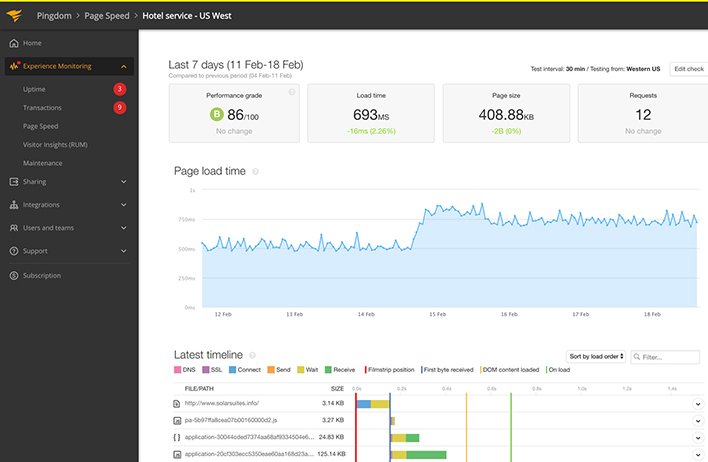
- UptimeRobot: A popular choice for its free basic plan, UptimeRobot offers reliable uptime monitoring with customizable alerts via email, SMS, or push notifications. Its paid plans include additional features like response time monitoring and advanced reporting.
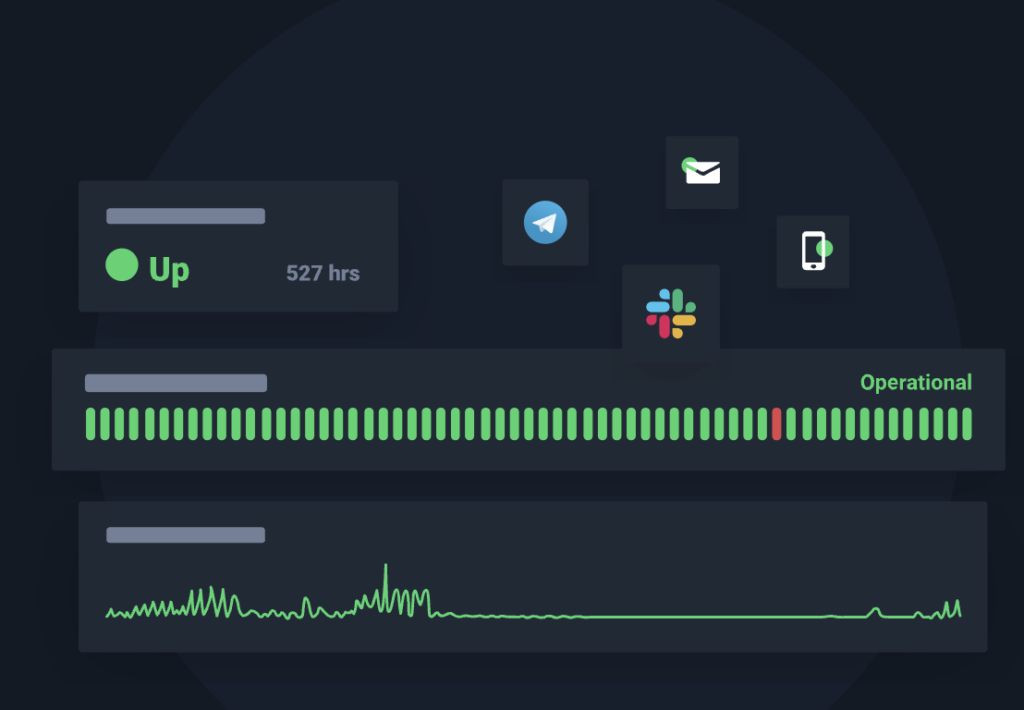
- StatusCake: This versatile monitoring platform excels in website speed monitoring, server monitoring, and domain monitoring. Its comprehensive reports and customizable alerts make it suitable for websites of all sizes.
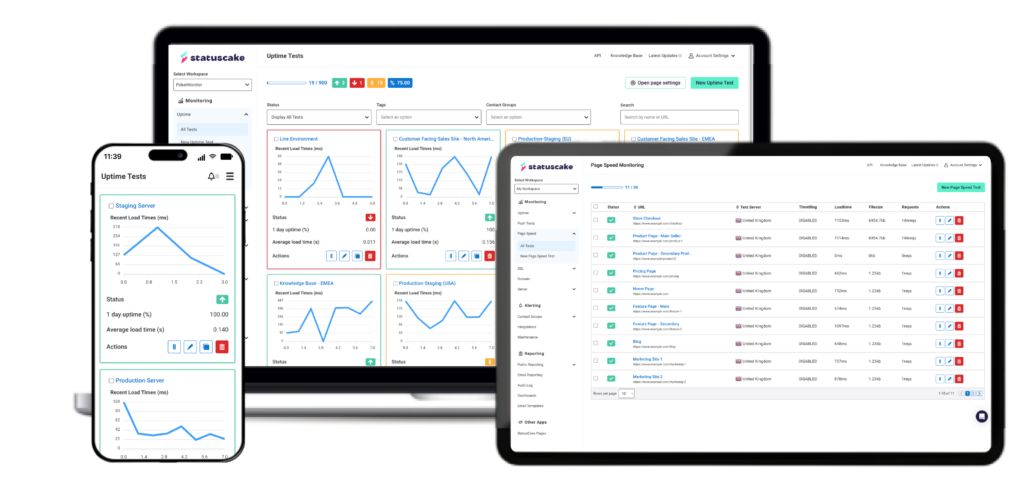
- Site24x7: A solid monitoring solution that covers website performance, application performance, and infrastructure monitoring. Its AI-powered anomaly detection and root cause analysis help identify and resolve issues proactively.
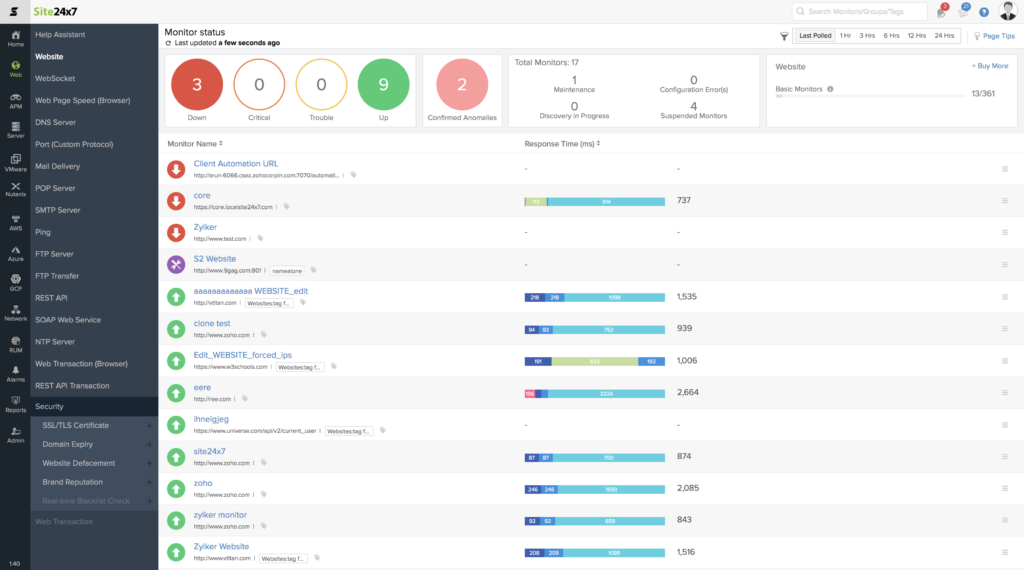
- Datadog: While primarily known as an infrastructure monitoring platform, Datadog also offers robust website monitoring capabilities. Its customizable dashboards and integrations with various tools make it a powerful choice for large-scale websites.

These are just a few of the many excellent third-party monitoring sites available. When choosing a site, consider your specific needs and budget. Some factors to consider include:
- Features: What types of monitoring do you need (uptime, speed, server, etc.)?
- Ease of use: Is the platform user-friendly and easy to navigate?
- Alerts: How are you notified of issues (email, SMS, push notifications)?
- Reporting: What reports are available, and how customizable are they?
- Pricing: What is the cost of the platform, and are there any free plans available?
By carefully evaluating your options and choosing the right third-party monitoring site, you can ensure your website runs smoothly and delivers a positive user experience.
Mastering Blog Monitoring in the Age of AI: Google’s Latest AI Overviews & Beyond

The rise of AI-powered tools, including Google’s latest AI overviews, has revolutionized blog monitoring, offering publishers unprecedented insights and streamlined workflows. Here’s how to leverage these advancements effectively:
Harness AI-Driven Insights:
- Google’s AI Overviews: These summaries condense vast amounts of information into digestible snippets, enabling quick identification of key trends, topics, and sentiment surrounding your blog posts and brand mentions.
- Sentiment Analysis Tools: AI-powered sentiment analysis can gauge the overall tone of online conversations about your brand, helping you understand audience perception and address potential concerns.
- Competitor Analysis: AI tools can compare your blog’s performance against competitors, revealing content gaps, successful strategies, and emerging trends in your niche.
Streamline Monitoring with AI-Powered Tools:
- Automated Alerts: Set up AI-driven alerts to notify you of new mentions, backlinks, or spikes in traffic, allowing you to respond promptly to opportunities or crises.
- Content Optimization: AI-powered tools can analyze your content’s readability, SEO potential, and engagement metrics, suggesting improvements to maximize its impact.
- Social Listening: AI-driven social listening platforms can track conversations about your brand across various social media channels, providing valuable insights into audience sentiment and interests.
Combine AI with Human Expertise:
While AI tools offer powerful capabilities, human expertise remains crucial for interpreting data, understanding nuances, and making strategic decisions. Use AI insights to inform your judgment and creativity, not replace them.
GPTs are constantly evolving. Keep abreast of the latest tools and advancements, experiment with different solutions, and adapt your monitoring strategy as needed to stay ahead of the curve.
Should you use free invalid traffic monitoring tools?
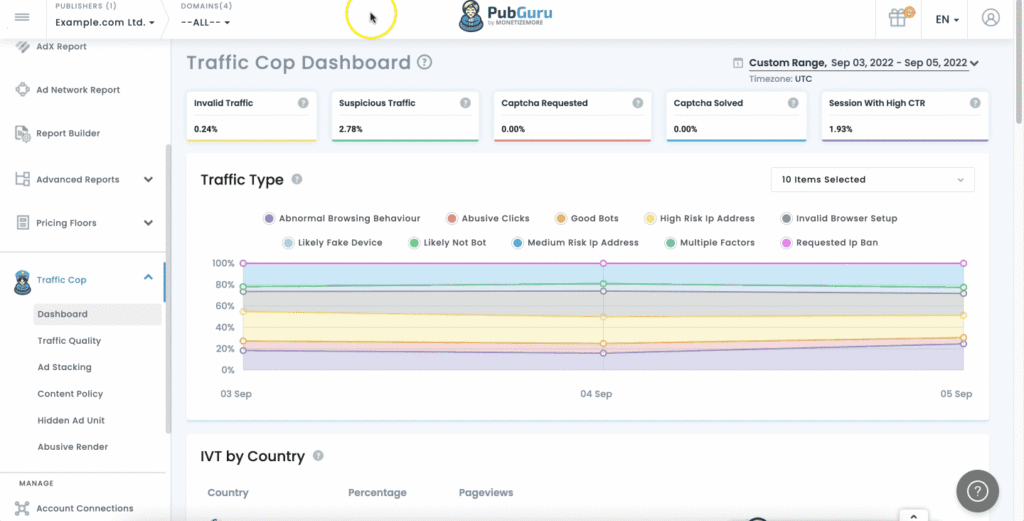
Invalid traffic remains a pain and one with serious consequences for many publishers. If you’re trying to save money, your next thought might be that you need to find a free invalid traffic monitoring tool as soon as possible so that you can get a handle on the issue. In this article, I’d like to make the case stating that’s the wrong mindset and show you how to approach invalid traffic instead.
The internet is full of free, open-source software and tools. You might just as well find a free invalid traffic monitoring tool that shows you how many potential bots or other types of invalid traffic are visiting your website. If you don’t use display ads to monetize your traffic, then that might be all you need.
However, if you monetize your site with AdSense ads or any other ad network, you’re in trouble. Even if you can find a free tool that accurately monitors your traffic for invalid traffic, what then? You discover you have invalid traffic problems, and then what? Does that tool also protect your website from it? Do you know what to do after that?
In some cases, you might already be in trouble at the point of discovering the tool, and you could be on the brink of facing account closure from ad networks such as AdSense who are very strict when it comes to traffic quality.
The point is, you need more than just a monitoring tool. You need something that can detect and prevent invalid traffic from clicking and seeing your ads simultaneously. That’s how you protect your business from revenue clawbacks and losing your ad accounts.
Traffic Cop does all that for you! With a minimal set up you’ll get access to our platform, where you’ll be able to see invalid traffic detected daily and how the tool blocked it from seeing your ads. You can rest assured that your ad accounts are safe and will see revenue clawbacks decrease in front of your very eyes.
Also, find out how you can do invalid traffic analysis with Traffic Cop over here.
Don’t waste your time with free invalid traffic monitoring tools! Use Traffic Cop instead. Sign up to Traffic Cop today.
source https://www.monetizemore.com/blog/blog-monitoring/



0 Comments